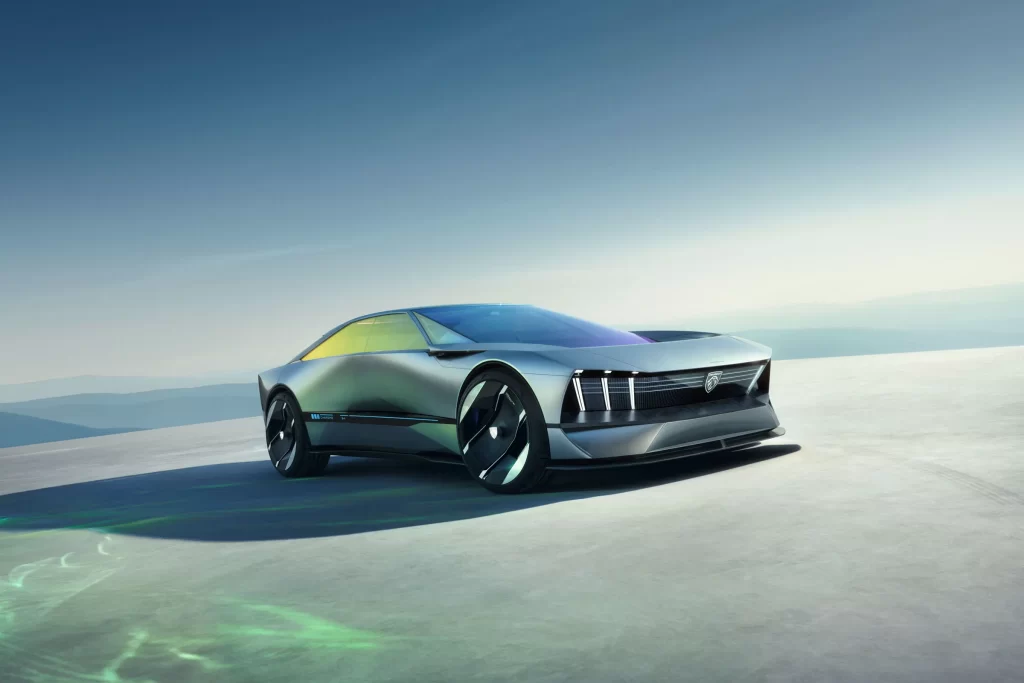Technological progress and modern requirements for comfort and handling force automakers to refuse to produce SUVs with a frame structure and fully dependent suspension. Increasing safety requirements dictate an increase in the minimum size of rims. This is sad but understandable.
But in addition to this, modern SUVs are getting wider. And the size race is useless here. A relatively small width, coupled with a wheelbase, is the key to geometric cross-country ability. And where you can easily climb on an SUV from the previous generations, the modern hippo will have to work hard.
Great car connoisseurs from the Indy Auto Man, IN explain how off-road qualities changed in new-generation SUVs and why. This used car dealership has sold SUVs for about 14 years and at their car lot customers can compare SUVs of different generations side by side.
SUV: the Basics of Geometry, Its Application on the Road
The geometric cross-country ability is determined by all the parameters of the car. It includes the height and width, total length of the vehicle, the wheelbase, track, parameters of the overhangs, as well as several slightly more specific parameters:
- Angle of longitudinal passability (angle of roll): the maximum angle at which the car can move on a horizontal surface without hitting the corner of the obstacle with the bottom or elements located below it.
- Cross-country angle: the distance from the ground to the lowest point of the car between the wheels (lower points of the suspension elements, drives, fasteners, and other units).
- Ground clearance: the distance between the lowest point of the vehicle and the ground, but between the vehicle’s axles (not the wheels). Usually, it is higher than the cross-country angle.
- Approach angle: the angle between a horizontal surface and a line drawn from the contact patch of the front wheels to the lowest point of the front of the vehicle.
- Departure angle: the same as the approach angle, but for the rear wheels. The angle between a horizontal surface, a line drawn separating the rear wheel contact patch from the bottom of the rear of the vehicle.
- Threshold height: the height of a vertical obstacle that a vehicle can overcome with only wheels in contact with it.
- Suspension elasticity index: determines how large the wheels patch will be in contact with the ground. Fans of car climbing in the US, in which suspension elasticity is the key to success, have even created a special Ramp Travel Index (RTI).
- Tipping angle: the maximum angle of inclination of the car around the longitudinal axis, at which it will not fall sideways. In real life, this parameter depends on a combination of the width and height of the car, its track width, as well as the center of gravity.
Now let’s compare the parameters of the most popular SUVs from different generations and see how they grew.
Jeep Wrangler
Generation of the 90s (TJ): width 1740 mm.
Penultimate generation (JK): width 1877 mm.
Well, meter seventy is really narrow. But Jeep is the most utilitarian of all modern SUVs. At the same time, in two decades, it swelled by almost fifteen centimeters! Jeep SUVs have a long success story. And those who want a true off-roader for a fair price should definitely consider one of the used vehicles.
Mercedes G Class
Width of the previous body: 1855 mm (2056 mm with mirrors).
Width of the new body (2018-): 1931 mm (2187 mm. with mirrors).
Mercedes G Class added almost ten centimeters of the body in width and more than ten with mugs of mirrors. Since they tried to keep the old “square” appearance in the new body but did not keep the proportions (it grew only 3 cm in height), the car now also looks awkwardly, like a stretched picture.
Land Rover Defender
Previous generation: width 1790 mm.
Current body L663 (2019-): 1996 mm. (2105 mm with mirrors)
The latest Defender is a completely new car, and it is not worth comparing it with the old version. However, it is still striking how much the manufacturer “inflated” the SUV. The classic Def was not cramped but just had a specific fit. The new one is wider than the Land Cruiser! And the feeling of space in the cabin is less.
And these are only several examples proving that previous generations may be a better option for driving off-road. Anyway, it is always nice to test drive a vehicle to make sure it suits your needs. Those who want to compare SUVs of different generations in one place in Indianapolis are always welcome to Indy Auto Man.











